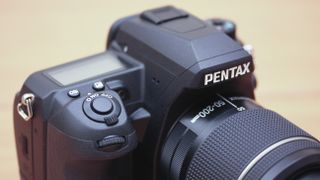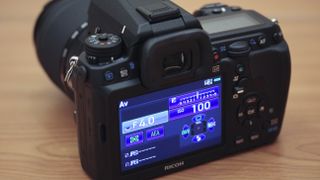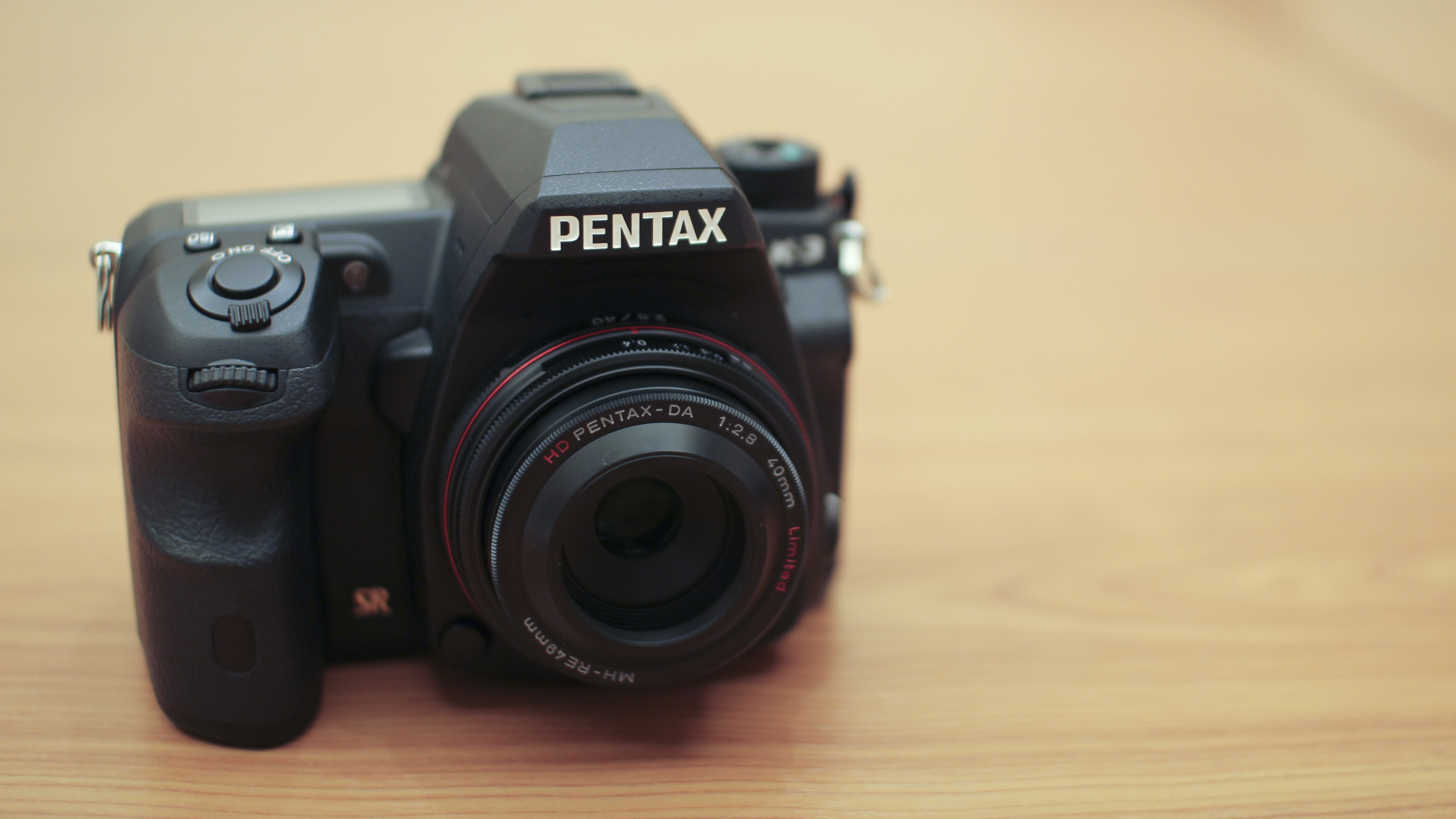Why you can trust TechRadar
In general, we have been pleased with Pentax cameras before, so we were expecting more of the same thing from the K-3. This camera uses a Sony sensor, another company who we know to be producing excellent devices of late.
Happily, for the most part, we have not been disappointed by the images that the Pentax is capable of producing. Colours are bright and punchy, without showing too much saturation, giving a natural and vibrant look.
Removing the anti-aliasing filter leads to an increase in detail reproduction, and we're pleased to report that we haven't found any examples of moire patterning appearing in images. If this is proving to be a problem, you can switch the anti-aliasing simulator on, which might be useful if you're photographing or videoing a repeating pattern.

Generally, the K-3's metering system does a decent job to produce accurate exposures, but I found on a few occasions that some exposure compensation needed to be dialled in as the K-3's metering system has a tendency to underexpose slightly. Although this has the advantage of protecting the highlights, the foreground would be underexposed without intervention from the photographer.
Overall, the camera's automatic white balance system also does a good job, albeit erring slightly towards warmer tones when faced with artificial lighting conditions. If it's proving to be too much of a problem, you can switch to a more appropriate white balance setting, all of which do a good job.
Unfortunately, we found on several occasions unacceptable levels of chromatic aberration appearing on images. This is normally something that we associate with a lens, but it was more of an issue with the K-3 than it is with some other Pentax SLRs.
It could be seen in images captured both the 18-135mm lens and the 70mm f/2.8 macro optic, with and without chromatic aberration correction activated. Although very obviously noticeable when zooming in to 100%, it can also be seen slightly at normal printing and web sizes, and zooming in just a little reveals purple fringing in high contrast areas of the scene – not something we'd generally expect from a camera at this price point.
We were so concerned about this that we asked for a second sample of the camera to compare and found the same issue in both models, so we can only assume that this is a general problem with the camera. That said, if you're shooting lower contrast scenes, then there isn't a problem.
Noise reduction gains
At the lower end of the sensitivity scale (ISO 100-200), noise is barely visible at all. At ISO 400, noise does start to creep in, along with a small amount of image smoothing in some areas of the image, but this is only problematic when zooming in at 100%.
At ISO 800-1600, there is more noise displayed, but at normal printing sizes, it's difficult to see. Meanwhile, detail is kept well across the majority of the frame. If you look closely enough, you'll generally be able to find some areas of the image that have lost detail, but nothing out of the ordinary for a camera at this price point.
If you push the sensitivity towards the upper limit of the scale – ISO 3200, for instance – images are still more than usable, especially if you're using them at smaller printing or web sizes. Naturally, even more detail is lost, but it's a decent effect overall.

Autofocusing is quick and usually accurate, especially in good light. If the light dims, then the lens will focus around for a bit before locking onto focus. One thing we particularly noticed here is the noise that the 18-135mm lens makes. It's not exactly subtle, so if you're shooting somewhere quiet, then you'll probably stand out. This is an issue we've found with Pentax cameras / lenses before, so it's not particularly surprising to see it reoccurring here.
A number of built-in digital filters are included on the K-3. While it's nice to see these included on a DSLR, some of them leave a lot to be desired and will probably appeal to very few people. It's worth experimenting to see if you like them though.
Another problem here is that filters are shot in JPEG only, so you'll be stuck with whatever you shoot with if you decide you don't like it further down the line. What is perhaps better to use is Custom Images, which allow you to shoot in raw format and give you options including Monochrome and Cross Process – these can, as the name implies, be customised to your preferred setting too.
The K-3's screen has been treated to prevent reflections and glare, and overall it does well here. It's a shame not to have an articulating device though for further flexibility, such as you'd find on the Canon EOS 70D.
Current page: Performance
Prev Page Build Quality and Handling Next Page Image quality and resolutionAmy has been writing about cameras, photography and associated tech since 2009. Amy was once part of the photography testing team for Future Publishing working across TechRadar, Digital Camera, PhotoPlus, N Photo and Photography Week. For her photography, she has won awards and has been exhibited. She often partakes in unusual projects - including one intense year where she used a different camera every single day. Amy is currently the Features Editor at Amateur Photographer magazine, and in her increasingly little spare time works across a number of high-profile publications including Wired, Stuff, Digital Camera World, Expert Reviews, and just a little off-tangent, PetsRadar.














